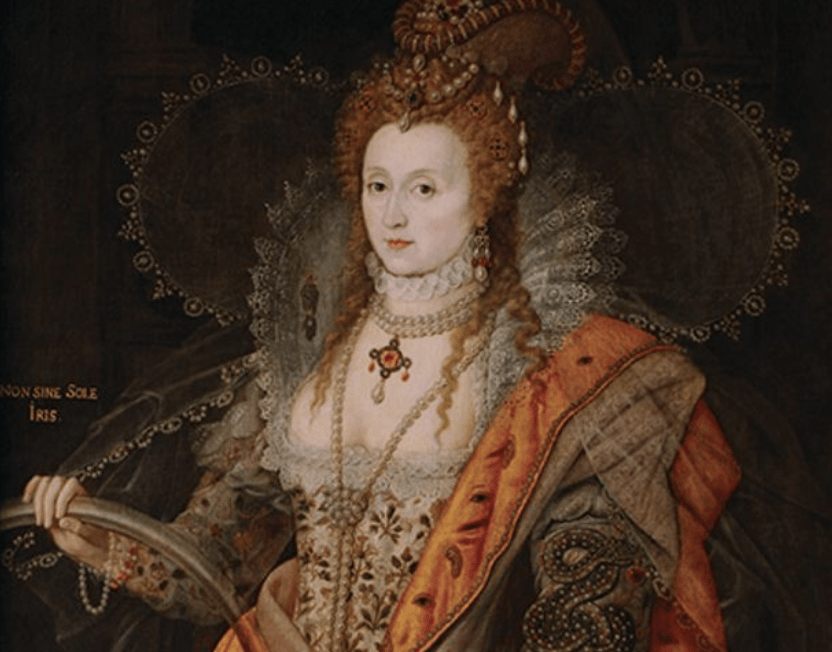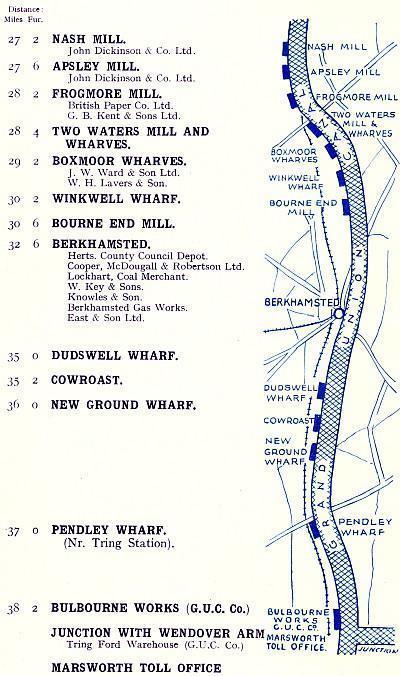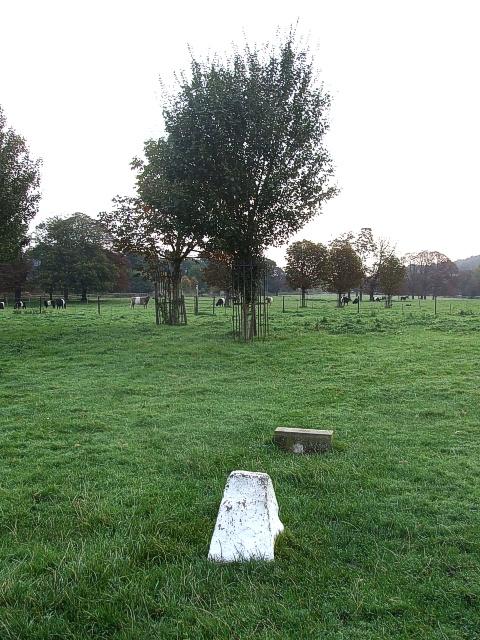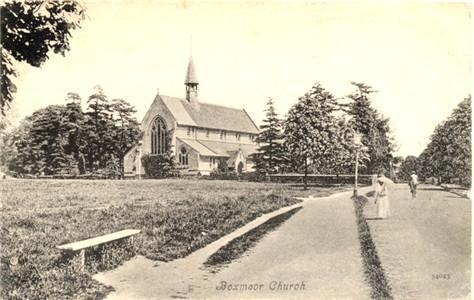History of The Box Moor Trust
The world known to the people of Hemel Hempstead in 1594 was much smaller than the one we know today. Their parameters did not extend much further than over the hill to Tring in the west or to Bushey in the east. The main concern of the inhabitants in 1594 was not the latest play by William Shakespeare nor the music of William Byrd, but the plague that was rife in the town. There were 26 recorded burials in 1594.
Read on to find out how the Box Moor Trust was established and the developments over the years.


The lands in question once belonged to the monastery at Ashridge. However, when King Henry VIII dissolved the monasteries the land passed on to the crown. Dudley didn’t keep ownership of these lands for very long however as, on 11th May 1574, he sold them to Francis Russell, 2nd Earl of Bedford and Peter Graye of Segenhoe, Bedfordshire. Graye would subsequently acquire both shares of the property.
Graye passed both shares to his son, Richard Grey, who on 26 May 1581 sold the land for £75 to three locals, Yeomen John Rolfe and William Gladman, as well as Landlord and Shoemaker Richard Pope. The three had feared that the local land would be enclosed and that the townspeople would be denied grazing rights. The funds were raised by secret public subscription. It was these lands that would go on to make up the Box Moor Trust.


On 26th April 1594, the meadow lands around the Rivers Bulbourne and Gade were conveyed to 67 inhabitants of the Parish of Hemel Hempstead and Bovingdon, who were known as ‘feoffees’. This single altruistic act was to safeguard their grazing rights and the right to fish without hindrance from land that had once formed part of the lands held by the Monastery of Ashridge, which was dissolved during the reign of Henry VIII.
Two words that sum up the next 100 years for the Nation could be ‘communication’ and ‘growth’… But for the Trust, it was a Dark Age.
Apart from the records of the land being transferred from generation to generation, few records remain concerning the Estate of Box Moor. However, the principle of the Trust remained intact for formal ratification in the next century.
The world passed by Hemel Hempstead and through Boxmoor with increasing speed during the 18th century as, firstly, the turnpike toll road was introduced, which carried travellers the distance between Tring and London by coach in 3 hours and, secondly, the canal was built. The latter in turn led to the increase in industrial activity in the area, particularly paper milling and eventually, even small iron foundries.
By 1794, the number of eligible feoffees looking after the Box Moor Estate had dropped to 40 and as Trustees of land along the proposed route of the Grand Union Canal, they eventually agreed to sell 25 acres of the estate for £900.
This was invested in the purchase of Boxmoor Wharf which has provided a significant source of income for the Trust over succeeding years.
This led to a new era for the Trust.


These years saw the expansion of the Trust Estate when, for the first time since 1594, substantial new lands were added. These were Sheethanger and Roughdown Commons, first leased and later purchased for the benefit of the local inhabitants.
The Boxmoor Act of 1809 formally established the Box Moor Trust. Twelve Trustees were to be elected to hold the grazing land on behalf of the communities of Hemel Hempstead and Bovingdon, it having been legally conveyed by the remaining inheritors of the original feoffees.
Although the protection of the grazing rights was its main function, it now had the assistance of a paid Herdsman for the first time. It also had the duty of distributing any surplus income by way of vestry meetings.
This era saw the coming of the railway, the Trust iron fences and the iron plaques – all indicative of the age of iron. The Cranstone Family was prominent in the community, its iron foundry increasing the town’s wealth. Joseph Cranstone played his part as a Trustee, epitomising the patriarchal approach of the Victorian Age.
The Town and the Trust grew together with the Trust financing such public buildings as Boxmoor Hall and the Old Town Hall, the workhouse and public amenities such as drinking water fountains.
The balance between the Trust and civic authorities altered in 1894 with the establishment of Parish Councils, Parish Meetings and Urban and Rural Districts.


With the exception of the formation of the Trust this may be the most important year in the Trust’s history. The Grand Junction Canal was constructed and the Trustees at the time sold some parcels of land off to the Grand Junction Canal Company. The funds generated from the sale allowed the Trust to construct Boxmoor Wharf. The wharf quickly became the main transport hub for the town, subsequently becoming very lucrative for the Trust and today is rented to a large DIY retailer.


A notorious year in the Box Moor Trust history as it marked the year that James ‘Robert’ Snook was hanged in Boxmoor for the crime of highway robbery, and thus became the last person in the UK to be executed for the crime. The precise location of the execution has been lost to time, however, the approximate spot was marked with a gravestone in 1904, and a footstone in 1994 on the appropriately named Snook's Moor.


St John’s Church, Boxmoor was constructed by Norman Shaw on land sold by the Trust in 1829.
Roughdown Common is bought by the Trust from the Dean and Chapter of St Paul's. Roughdown later becomes the Jewel in the Trust’s crown as it is registered as a Site of Special Scientific Interest.


The 20th century started with the same euphoria as the 19th finished. But from these heights, decline soon set in. By 1914 the ‘War to end all Wars’ – followed by yet another war – altered the national and local perspective.
The period between the two wars saw a general strike, a depression and a considerable decline in agriculture: the grazing lands of Boxmoor became run down and overgrown. The new town was created after the Second World War.
One of the Trust’s meadows, where Kodak later stood, was exchanged for land at Chaulden Meadows and the Water Gardens were partly built on Trust land. The Trust Estate, from being an essential part of the economy by providing grazing land for a relatively small rural community, was now becoming a major amenity asset for a large urban settlement.
The Hemel Hempstead Town Cricket Club was established in 1850 when ground was prepared for cricket on part of the moor. The Boxmoor Cricket Club was founded in 1857 and Boxmoor Golf Club in 1890. The Hemel Hempstead (Camelot) Rugby club, who play on Chaulden Meadow, are one of the more recent sports clubs to use Trust amenity land.
The demand for grazing declined to such an extent that the Trust established its own herd of Pedigree Belted Galloway cattle to control and maintain the pastures.
The 67 beneficiaries of 1594 had now expanded to approximately 80,000, represented by the 12 elected Trustees.
Further Roughdown and Gee’s Meadow were acquired by the Trust in 1993 in exchange for land lost to the A41 by-pass development.


In 1995, the Trust leased a large tract of land at Westbrook Hay from Dacorum Borough Council and the freehold was purchased in 2003. This land was deemed to be fundamental to the Trust’s environmental programme.
One immediate benefit was that it enabled the Trust to increase and develop its flock of Norfolk Horn sheep in conjunction with the Rare Breeds Survival Trust.
In 1996, the first annual Conker Festival was held on Blackbirds Moor. This popular community event has evolved into the Autumn Festival which takes place every September.
2000 saw a major event in the Trust’s history with the inception of “The Scheme”. As time had passed, the provisions of the 1809 Boxmoor Act had become out-of-date and inadequate to cope with the issues of an increasing local population and the change in the nature of the Trust from its original status as an agricultural grazing Trust. Following a lengthy period of consultation with the Charity Commission, The Charities (Box Moor Estate, Hemel Hempstead) Order 2000 came into force on 5th April 2000, effectively repealing the 1809 Boxmoor Act. The Scheme provided for an enlargement of the Area of Benefit and for all electors in the Area to be eligible to stand as new Trustees and vote in the elections of Trustees. The Area takes in most of Hemel Hempstead, Bovingdon and Flaunden. New Trustees are no longer elected for life and elections will be held every five years or when the number of Trustees falls below nine.
Also in 2000, the Trust was gifted 40 acres of land at the old workings site of Bovingdon Brickworks, to be managed as a conservation area. On Christmas Day of the same year, an electrical fault caused a fire that destroyed a significant part of the Trust’s headquarters in London Road.
In 2001, the first ‘Music on the Moor’ community music event was held, this took place every other year until 2011.
In 2003, the Trust acquired the freehold of Westbrook Hay and also purchased Pixies Mere coarse fishery (run commercially under licence).
2004 saw the establishment of a now thriving volunteer group.


The Trust continues to thrive as a community resource and environmental asset. In 2011, the Trust purchased the four-acre site of the former Gadespring cress beds, which is managed sympathetically for the benefit of wildlife and visitors.
In 2012, work started on the construction of The Box Moor Trust Centre on the site of the fire-damaged headquarters in London Road. To reflect the style of the previous building, a farm barn, the design is very much that of the local vernacular. Inside wherever possible the green oak frame was left exposed. The modern focus of the building is the two-storey glazed atrium that welcomes visitors. The Centre was completed in May 2013.
In 2013, in conjunction with the Environment Agency, The Trust embarked on a restoration project for the River Bulbourne, aimed at returning the river to a more natural, healthier state. Over the years the River Bulbourne had been heavily compromised by historical changes. The construction of the Grand Union Canal, activities such as milling, fisheries, watercress production, groundwater abstraction and urban development had all contributed to its modifications. This had affected the condition and volume of flow and consequently, under the Natural Environment and Rural Communities Act 2006, the Bulbourne was listed as a priority habitat for restoration. The restoration project work was designed to restore the chalk stream to its former, meandering flow. The project won several awards including "Best Practice Award for Small Scale Practical Nature Conservation" recognised by The Chartered Institute for Ecology & Environmental Management. Work continues to protect the river and its wetlands, which provide habitats for an abundance of wildlife including fish, invertebrates and plants.
In 2017 The Trust worked with Natural England to create a management plan for Roughdown Common, a Site of Special Scientific Interest (SSSI). Careful management of this land helps the Trust to enhance nature conservation and further improve and increase the species-rich sward of calcareous grassland. It also helps to enhance the populations of locally scarce plant species, including Juniper. The populations of notable and locally scarce invertebrate species have also been enhanced and there is also some evidence of bats using the old chalk mine as a roost. The effects of the management are continuously monitored on the floral and faunal communities and the findings are used to improve the management for the area.
In 2019 the Trust launched a project to re-introduce Water Voles, a nationally endangered species, back to the area for the first time in over 40 years. The first phase of the project concentrated along the River Bulbourne in Boxmoor and at Gadespring Cressbeds. A number of pairs of Water Voles bred and the project showed promising signs. In 2020, phase 2 of this project introduced Water Voles further afield in Apsley and Bourne End. This ensured that new genes were introduced to the Water Vole population to aid the chances of a spread towards Berkhamsted and along the Gade Valley to Water End. By encouraging a wide and flourishing population it is hoped that these iconic little mammals, featured in the famous book Wind in the Willows, can establish a sustainable base in the Bulbourne and Gade Valleys.
